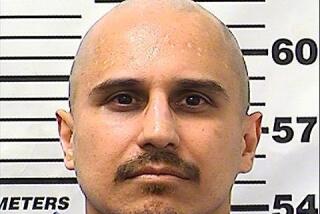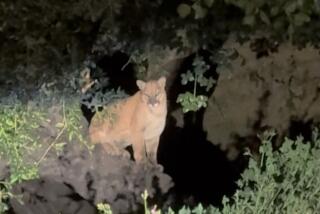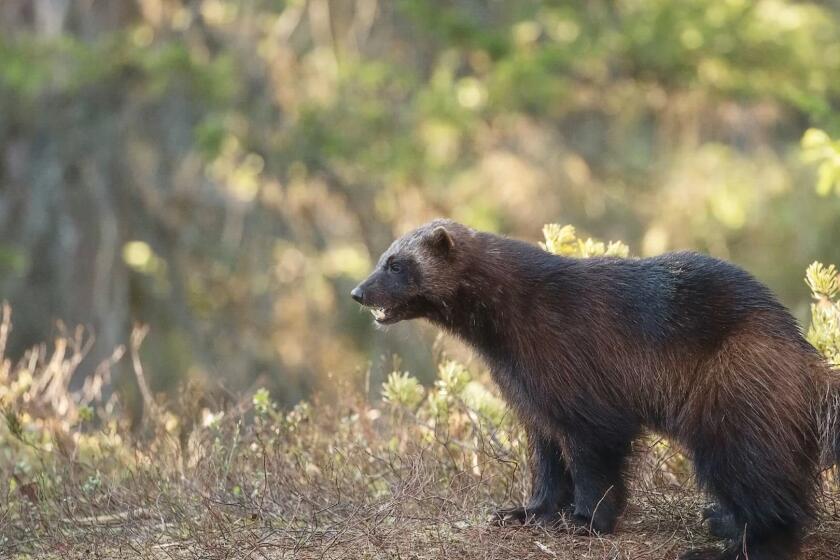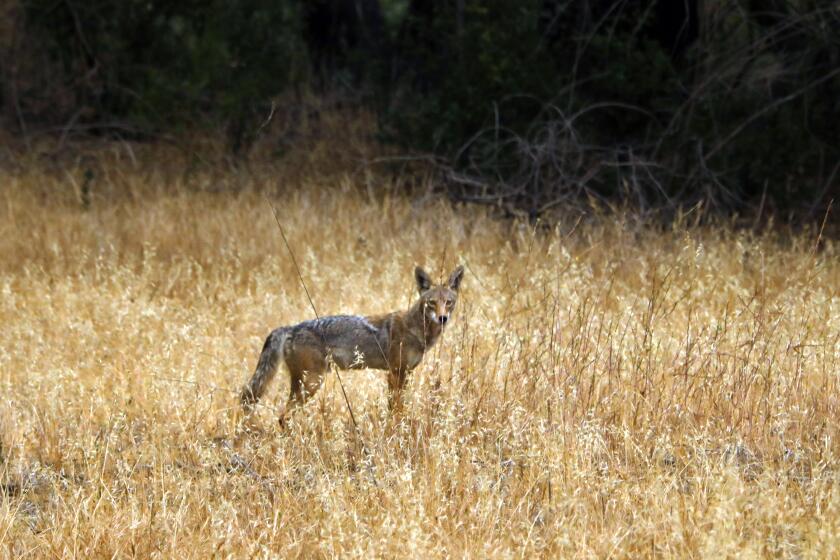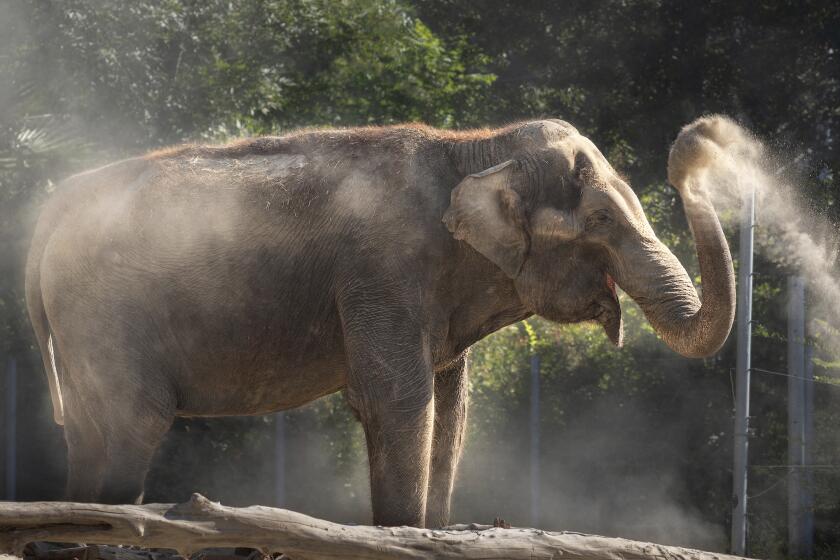Mosquitoes Make a Mark on the Valley : Swimming Pool Owners Can Help County Contain Virus by Keeping Up Maintenance
The San Fernando Valley has something of a dubious distinction this summer. An inspection by county health officials using test animals in the Sepulveda Basin in Encino turned up a case of St. Louis encephalitis. That’s a potentially fatal virus that is passed on to humans by mosquito bites. Folks who enjoy outdoor activities at one of Los Angeles’ largest remaining green spaces should take precautions to avoid mosquito bites, particularly in the early morning hours and at dusk.
The discovery, which is the first in the state this year, comes during a summer when mosquito populations are expected to reach record levels because of the wet winter weather.
Fortunately, no human cases have been recorded. Frank Hall, director of the county’s vector-borne disease and entomology program, says that the virus has been found in one of the Southeast Mosquito Abatement District’s sentinel chicken flocks in the basin. The birds commonlyhave their blood tested as a way to detect the presence of the virus.
The last reported case of the St. Louis strain in the county was in 1991. Between 1983 and 1986, Hall said, there were 24 cases, including one death. Hall said that young children and the elderly are particularly susceptible to the virus, which commonly manifests itself in headaches and fever and, in more rare instances, confusion, paralysis, coma and even death.
Ironically, the Valley’s worst breeding ground for mosquitoes is not any natural source of standing water, but swimming pools that are not being maintained. That means that residents have an important role to play in helping county officials hold down mosquito populations. Any potential breeding spots ought to be reported to the Southeast Abatement District (at 818-764-2010.) That will ensure that there is one less thing to worry about on those early morning or late evening strolls.
More to Read
Start your day right
Sign up for Essential California for news, features and recommendations from the L.A. Times and beyond in your inbox six days a week.
You may occasionally receive promotional content from the Los Angeles Times.
